Hello Everyone.

Hello everyone.
Apologies for the long/unexplained absence. I’ve not been doing very well recently and I haven’t quite had the time to be posting. However, a small update is that I’m struggling very much with my mental health but my studies are going very well. I just wanted to thank you all for your kindness and support and I will try update more regularly from now on!
I hope you are all well and looking after yourself, and I’m sending love, hugs and good study vibes 💗
More Posts from Theperpetualscholar and Others


The Navajo have a unique tradition. When a baby is born, it is regarded as the ultimate, precious gift and must never be abused. From the moment of birth, the child is watched over continuously by family and friends, who patiently wait for the child’s first…laugh.
“Has your baby laughed?” is common question posed to parents who have infants around the age of three months. The first laugh of a Navajo child is a very significant event. It marks the child’s final passing from the spirit world to the physical world, meaning he or she is now fully human. This milestone warrants a party, and what a party it is!
Whichever brother, sister, parent, cousin, aunt, uncle, or passing acquaintance is present at the first laugh is deemed to have caused it. The laughter instigator then receives the honored privilege of preparing a special ceremony to welcome the child into society.
Once a baby has laughed, training in generosity begins immediately—a value held in high regard among the Navajo people. At the party, where the baby is considered the host, the parents or person responsible for the first laugh help hold the baby’s hand as he or she ceremonially gives the rock salt, food, and gifts to each guest. There are also bags of candy, money, and other presents that the child “gives” along with the food. [x]

Fact Sources/more info: [1] [2] For more facts, follow Ultrafacts

(sees a child) they have teeth under their teeth they have teeth under their teeth they have teeth under their teeth up in their gums theres hidden teeth up there and under their teeth
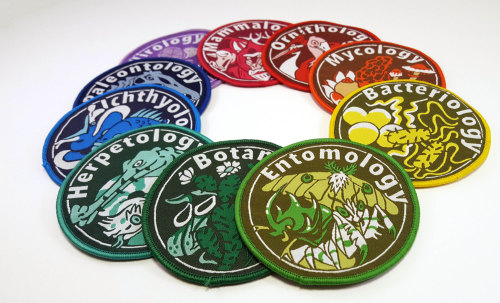
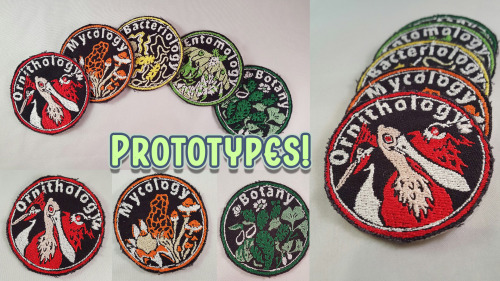


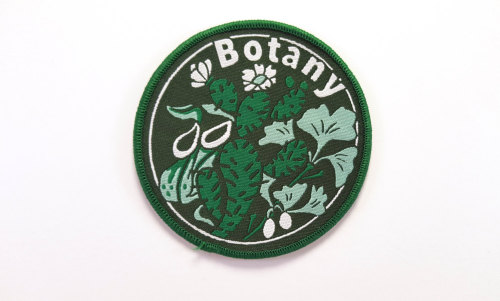

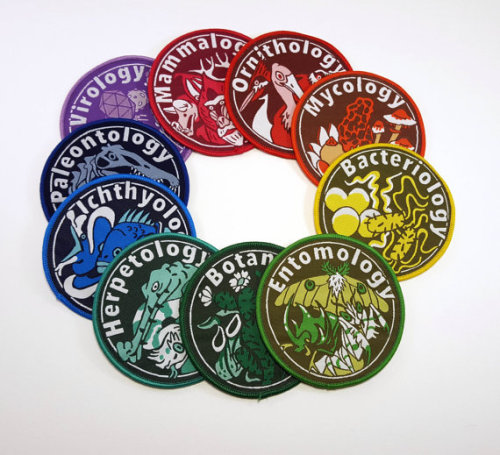
BIG UPDATE!
I’ve finally finished my biological patches set! After many months of designing, editing, and trial and error, I’m proud to post up photos of the final products!
They are woven with bright, beautiful colors that will endure many washes and adventures to come. They’re only $8 in my store:
https://www.etsy.com/shop/Monsternium
Here are the first five patches in my biological patch set. Once all ten are made, the rainbow of studies will be complete! Each one is illustrated, digitized, and embroidered by me. Stay tuned for more! Next up is herpetology ;)


Total Solar Eclipse: A total solar eclipse occurs when the Moon completely blocks the solar disk. In a total solar eclipse, the narrowest part of the path (where the Sun is completely blocked and the Moon casts its darkest shadow) is called the “zone of totality”.
Annular Solar Eclipse: When the Moon is farther away in its orbit than usual, it appears too small to completely cover the Sun’s disk. During such an event, a bright ring of sunlight shines around the Moon. This type of eclipse is a called an “annular” eclipse.
Partial Solar Eclipse: A partial solar eclipse occurs when Earth moves through the lunar penumbra (the lighter part of the Moon’s shadow) as the Moon moves between Earth and the Sun. The Moon does not block the entire solar disk, as seen from Earth.
Image Credit: http://apod.nasa.gov/apod/ap131108.html
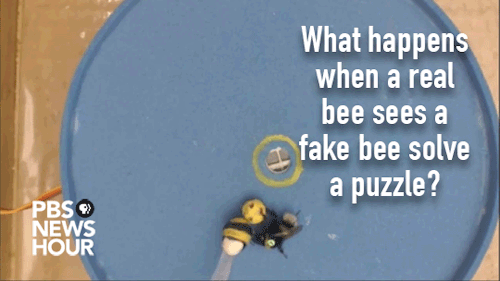
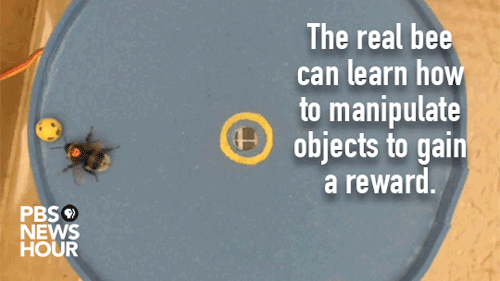
What does it take to teach a bee to use tools? A little time, a good teacher and an enticing incentive. Read more here: http://to.pbs.org/2mpRUAz
Credit: O.J. Loukola et al., Science (2017)





His story never changes. Ergo, lying
How To Become A
Forensic Anthropologist!

Forensic anthropology is the application of the anatomical science of anthropology, and its various subfields in a legal setting. Forensic anthropologist assist in identifying deceased individuals whose remains are decomposed, mutilated, burned or unrecognizable.
Today, forensic anthropology is well established as a discipline in the forensic field. When physical characteristics (fingerprints, face, etc) which could be used to identify a body are tampered with, an anthropologists is called to investigate the remains and help identify individuals by using their bones.
Forensic anthropologists often assist in the investigation of war crimes (genocide, terrorism, etc.) and mass fatality investigations, like natural disasters or epidemics.
So, how do you become a forensic anthropologists?
The idea usually begins with a television show, or if you are like me, death and bones were fascinating to you as a child. There are various ways of arriving at the Forensic Anthropology career, I will explain the way we here is the U.S.A usually go about it.
High School Students:
Take all of your science classes, even physics!
• Biology will help you understand the human body, and how it works.
• Chemistry will help you understand the make up of life, and how the outside world can impact the remains.
• Physics will help you understand what happened the victims remains, example, how to determine if the person jumped, or fell off the roof prior to dying.
Math: Do not neglect it, you will be converting centimeters to feet/inches and so on. You will measure bones with various instruments, and you will need to understand some geometry when digging up a site, or sketching a room.
Arts: Drawing will be a lifesaver when it comes to osteology, not to mention if you must dig up a site. Photography, and working with clay is also good. Sketching the human form, and molding it will give you an advantage for the field.
Gym/PE Class: Stay fit! I repeat, stay fit! You will be working in odd conditions at times. Take on yoga for balancing and strength. Sometimes remains are in hard to reach areas, or you must squat for a long time to observe prior to moving. Fitness will help your back and legs to become strong and not hurt as much. We also spend a lot of time on a desk, so moving and being active is good for us.
English: learn to write proper emails, and the difference between how you write text messages and papers/professional emails.
Also volunteer in hospitals, morgues, old people homes, etc. You are probably used to being around the dead things, but don’t forget to keep in touch with the living and their needs. You need to know both the living world and the dead world, you are going to become the bridge between the two. Build your resume, do good in school and find a university or college that is right for you.
College/University:
Join the anthropology club, first semester, first week, first meeting, be there! (if there is no club, start it!) Go on trips (zoo, cemeteries, visit other schools/their anthropology departments, and go to conferences) ask professors to teach a five to ten minute lecture for the club, bake goods, fundraise, teach other departments and students about us. The friendships made within the club will become your network.
Take all of your general requirement courses seriously! (yes I know it feels like a repeat of high school, but your GPA matters for later on.)
Have a social life! Go out, but be safe. (College will not last forever.)
Make studying fun, create study groups, study outside and test each other.
Meet with your professors, go to their office hours, ask them about their research, a favorite book, or their favorite bone!
Start a dermestid beetle colony (if there is none)!
This is where you start to understand if you are a good fit, and if the work really is for you.
Visit the library, learn to research and write proper documents and papers. You will inevitably write grant proposals and thesis papers that will go way beyond 20 pages, it is normal.
If you can, take up a minor (forensic science is a fan favorite). Even a biology or art minor can help. Minor in something that is like a hobby for you, this will keep you mentally active and distracted for when you need a break from anthropology.
Again, stay fit! And try your best to eat healthy. And network, network, network.
Towards the last two years of your undergraduate degree do research! It can be something simple, like determining the sex between a female pelvis and a male pelvis, but make sure to present it, like at a conference where the Anthropology club will go and see it (winks). Professors might let you tag along and do research with them. Try and see if you can get something published, it can even be for the university’s newspaper, or magazine.
Take undergrad to make yourself distinct, and learn as much as you can.
Get your moneys worth!
Also, find a part-time college job to fund your partying and unhealthy food orders at midnight/three AM.
Plan your future, whether involves moving to a smaller location for work, or getting a higher degree.
Graduate School:
Not everyone will find an anthropology job with a BA or BS degree, the economy is not really our friend here. It might help to move, or relocate out of the big cities.
To PhD. or not? This is a big step that can take years to accomplish. It does not need to happen right away.
Getting a Masters degree is a great option. This is why your GPA, research, papers, and extracurriculars during undergrad were important. Distinct students make it into good graduate programs to do research, and to better learn the field.
Try not to pay for graduate school, often times the programs are funded through scholarships, assistantships, work, or even merit. Graduate school should not get you into more in debt, find the way.
Keep doing everything you did for undergrad, but amp it up. You have more free time to select and narrow your area of expertise (do you want to focus on children, adults, the pelvis, the skull, the process of decomposition, etc.). Make a killer thesis, and present your case. Show the world that you are here!
Also, keep a part-time/full-time job to fund your social life. Make time to hang out with professors (they are human just like you), colleagues, and friends.
Master’s are about two years, Ph.D varies by university or program and are a lot longer. Expect to educate as a Ph.D candidate, you will be teaching others, and make it fun.
Remember that you are more than your research, and your studies, they are a part of you, not the other way around.
Simple Steps:
Step 1: Graduate high school.
Step 2: Earn a Bachelor’s Degree.
Step 3: Complete a Master’s Degree Program. (Optional but you might need it.)
Step 4: Enroll in a PhD Program. (Optional.)
Aspiring Forensic Anthropologists:
• Need at least a master’s degree in anthropology or forensic anthropology to find suitable work.
• Note: A doctoral degree (Ph.D) is needed to pursue research and tenured teaching opportunities in academia.
And Have Fun!
-
 educarlamirada liked this · 5 years ago
educarlamirada liked this · 5 years ago -
 forthosewhodontknow reblogged this · 5 years ago
forthosewhodontknow reblogged this · 5 years ago -
 srograd reblogged this · 6 years ago
srograd reblogged this · 6 years ago -
 lottiesfilms reblogged this · 6 years ago
lottiesfilms reblogged this · 6 years ago -
 nmyfthstat8 reblogged this · 6 years ago
nmyfthstat8 reblogged this · 6 years ago -
 reigningriley reblogged this · 6 years ago
reigningriley reblogged this · 6 years ago -
 fatafatapat liked this · 7 years ago
fatafatapat liked this · 7 years ago -
 lordjali-blog liked this · 7 years ago
lordjali-blog liked this · 7 years ago -
 vip3rpilot liked this · 7 years ago
vip3rpilot liked this · 7 years ago -
 laegless liked this · 7 years ago
laegless liked this · 7 years ago -
 198179235 reblogged this · 7 years ago
198179235 reblogged this · 7 years ago -
 moving-blogs4444 liked this · 7 years ago
moving-blogs4444 liked this · 7 years ago -
 califunkinfornia liked this · 7 years ago
califunkinfornia liked this · 7 years ago -
 mysticfriendshoemaker-blog liked this · 7 years ago
mysticfriendshoemaker-blog liked this · 7 years ago -
 aotssuki reblogged this · 7 years ago
aotssuki reblogged this · 7 years ago -
 aotssuki liked this · 7 years ago
aotssuki liked this · 7 years ago -
 undercaffeinatedstudies liked this · 7 years ago
undercaffeinatedstudies liked this · 7 years ago -
 undercaffeinatedstudies reblogged this · 7 years ago
undercaffeinatedstudies reblogged this · 7 years ago -
 setsgam liked this · 7 years ago
setsgam liked this · 7 years ago -
 studyingying liked this · 7 years ago
studyingying liked this · 7 years ago -
 notverysympathetic reblogged this · 7 years ago
notverysympathetic reblogged this · 7 years ago -
 truly-trish liked this · 7 years ago
truly-trish liked this · 7 years ago -
 patients-patience reblogged this · 7 years ago
patients-patience reblogged this · 7 years ago -
 ahlay liked this · 7 years ago
ahlay liked this · 7 years ago -
 spiritvegetableguide liked this · 7 years ago
spiritvegetableguide liked this · 7 years ago -
 studyonwaywardmyfriends reblogged this · 7 years ago
studyonwaywardmyfriends reblogged this · 7 years ago -
 out-of-pulse reblogged this · 7 years ago
out-of-pulse reblogged this · 7 years ago